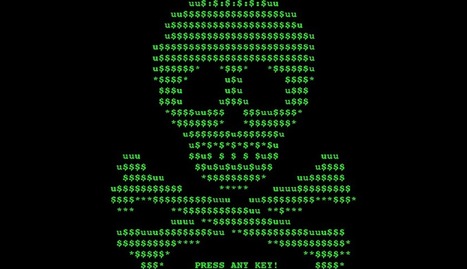I've lived and breathed and thought about this space every single day, and here's the sad conclusion I've arrived at: digital display advertising doesn't work.
I think it's safe to say that digital display advertising has never lived up to the promise and the hype. Since the very beginning, advertisers have been obsessed with finding ways to get people to click on their ads. They've worked with an array of ad creation platforms and embraced programmatic methods so that the right ads get in front of the right people, and yet the click-through average across all platforms and methodologies is .06 percent.
This means that for every 1,000 times an ad is shown, it is clicked on only .6 times. This means that for the average digital display campaign to get a single click, it needs to be served 1,800 times....
Research and publish the best content.
Get Started for FREE
Sign up with Facebook Sign up with X
I don't have a Facebook or a X account
Already have an account: Login
Social marketing, PR insight & thought leadership - from The PR Coach
Curated by
Jeff Domansky
 Your new post is loading... Your new post is loading...
 Your new post is loading... Your new post is loading...
|
|












Spider Graham says digital advertising just doesn't work. Here's why native journalism and inbound journalism may be the answer.